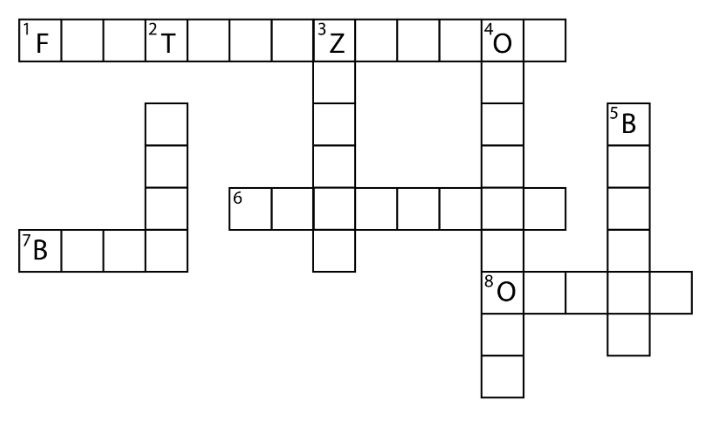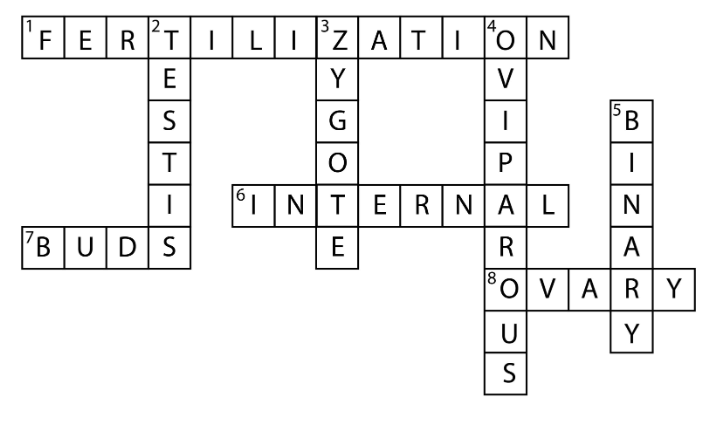NCERT Solutions Class 8 Science
The NCERT Solutions in English Language for Class 8 Science Chapter – 9 (Reproduction in Animals) has been provided here to help the students in solving the questions from this exercise.
Chapter – 9 (Reproduction in Animals)
1. Explain the importance of reproduction in organisms.
Answer – Reproduction is a vital phenomenon on this planet earth which is essential for existence and continuity of life and species on it, generation after generation.
2. Describe the process of fertilisation in human beings.
Answer – Fertilization is the biological process in which fusion of gametes of two different sexes, i.e., male and female takes place. Internal fertilization occurs in human being. One egg is released from the ovary and is transferred to the fallopian tube during each ovulation cycle. The sperm travels to the egg through the fallopian tube. Fertilization also takes place in the fallopian tube.
3. Choose the most appropriate answer.
(a) Internal fertilisation occurs
(i) in the female body
(ii) outside the female body
(iii) in the male body
(iv) outside male body
Answer – (i) in the female body
(b) A tadpole develops into an adult frog by the process of
(i) fertilisation
(ii) metamorphosis
(iii) embedding
(iv) budding
Answer – (ii) metamorphosis
(c) The number of nuclei present in a zygote is
(i) none
(ii) one
(iii) two
(iv) four
Answer – (iii) two
4. Indicate whether the following statements are True (T) or False (F).
(a) Oviparous animals give birth to young ones. ( )
(b) Each sperm is a single cell. ( )
(c) External fertilisation takes place in the frog. ( )
(d) A new human individual develops from a cell called a gamete. ( )
(e) Egg laid after fertilisation is made up of a single cell. ( )
(f) Amoeba reproduces by budding. ( )
(g) Fertilisation is necessary even in asexual reproduction. ( )
(h) Binary fission is a method of asexual reproduction. ( )
(i) A zygote is formed as a result of fertilisation. ( )
(j) An embryo is made up of a single cell. ( )
Answer –
(a) Oviparous animals give birth to young ones. (False)
(b) Each sperm is a single cell. (True)
(c) External fertilisation takes place in the frog. (True)
(d) A new human individual develops from a cell called a gamete. (False)
(e) Egg laid after fertilisation is made up of a single cell. (True)
(f) Amoeba reproduces by budding. (False)
(g) Fertilisation is necessary even in asexual reproduction. (False)
(h) Binary fission is a method of asexual reproduction. (True)
(i) A zygote is formed as a result of fertilisation. (True)
(j) An embryo is made up of a single cell. (False)
5. Give the differences between a zygote and a foetus.
Answer –
| Zygote | Foetus |
| (i) It is a single celled, i.e., it contains only one cell. | (i) It is multicelled, i.e., it contains many cells. |
| (ii) It is formed by the fusion of male gamete or sperm and female gamete or ova (egg). | (ii) It is formed by the repeated division of the zygote. |
6. Define asexual reproduction. Describe two methods of asexual reproduction in animals.
Answer – Asexual reproduction is a type of reproduction where fertilization does not take place as only a single parent is involved. Offspring produced is identical to the parent because they are produced as clones. Types of asexual reproduction are as follows:
- Fission: This type is mainly seen in unicellular prokaryotes. A full-grown organism at a certain stage splits into two identical daughter organisms. Examples: Hydra, yeast.
- Budding: In this type of asexual reproduction, a ‘bud’ or an outgrowth is formed on the mature adult body and eventually this bud separates and acts as an individual organism. Example – Amoeba splits itself to form new amoeba
7. In which female reproductive organ does the embryo get embedded?
Answer – Embryo gets embedded in walls of the uterus.
8. What is metamorphosis? Give examples.
Answer – The transformation of the larva into an adult is called metamorphosis. Metamorphosis is a biological process which involves sudden and abrupt changes in the body structure of the animal by cell growth and differentiation. It is generally observed in amphibians and insects. Examples – frogs and butterflies.
9. Differentiate between internal fertilisation and external fertilisation.
Answer –
| Internal fertilization | External fertilization |
| It involves the fusion of the male and the female gamete inside the female body. | It involves the fusion of the male and the female gamete outside the female body. |
| Chances of the survival of the offspring are more. Therefore, a small number of eggs are produced. | Chances of survival of the offspring are less. Therefore, a large number of eggs are produced. |
| Humans, cows, hens are organisms showing internal fertilization. | Fish, frog, starfish are organisms showing external fertilization. |
10. Complete the crossword puzzle using the hints given below.
Across
1. The process of the fusion of the gametes.
6. The type of fertilisation in a hen.
7. The term used for bulges observed on the sides of the body of a hydra.
8. Eggs are produced here.
Down
2. Sperms are produced in these male reproductive organs.
3. Another term for in vitro fertilisation.
4. These animals lay eggs.
5. A type of fission in amoeba

Answer –


Leave a Reply